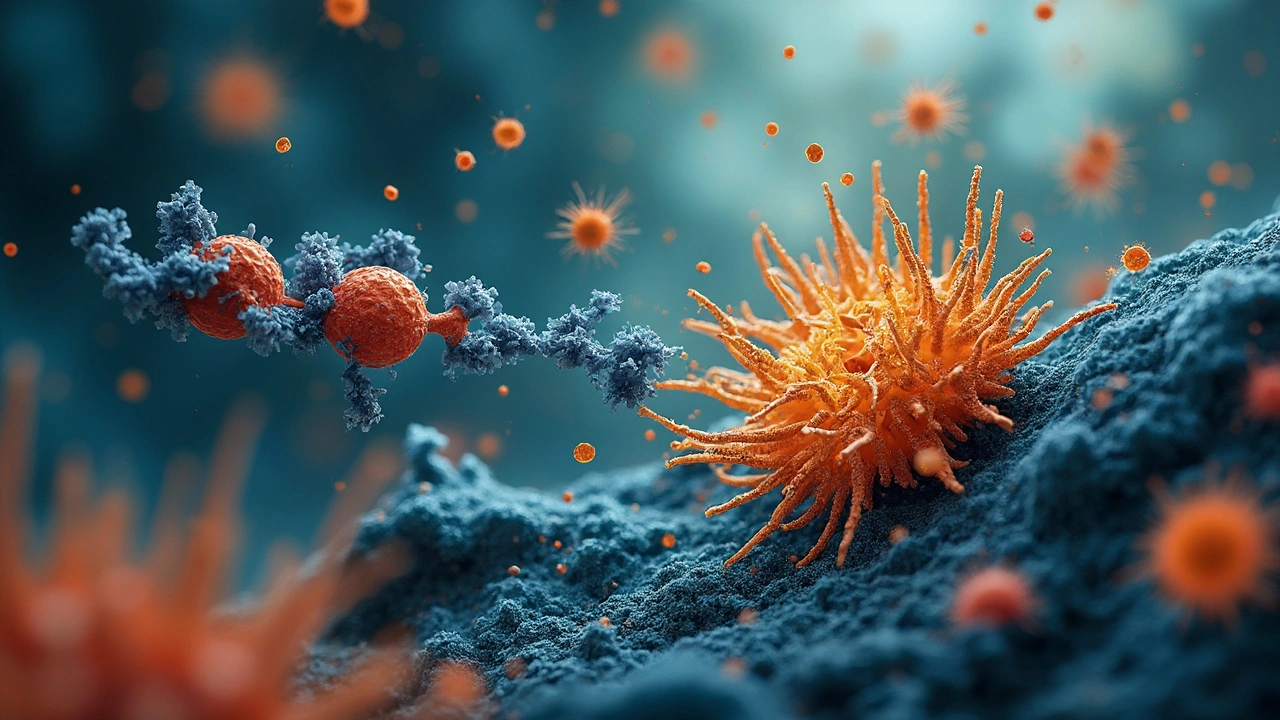Griseofulvin: Quick Guide to Uses, Dosage & Safety
Got a prescription for griseofulvin and wondering what’s next? You’re not alone. This antifungal drug has been helping people treat ringworm, athlete's foot and other skin infections for decades. Below you’ll find the basics you need – how it works, how to take it, what side effects to watch for, and a few handy tips to make the treatment smoother.
How Griseofulvin Works
Griseofulvin attacks the fungus at the source. It slips into the fungus’s cells and messes up the way they build their walls. Without a strong wall, the fungus can’t grow or spread. Your body’s own skin cells keep turning over, pushing the dead fungus out. That’s why you usually need to stay on the medicine for several weeks – the drug gives your skin time to replace the infected layers.
Dosage & What to Expect
Typical adult doses range from 250 mg to 500 mg taken three times a day. Kids get a lower amount based on weight. Your doctor will decide the exact dose based on the infection type, where it’s located and how severe it is. Take the pills with a full glass of water and a meal that contains some fat; food helps the body absorb the drug better.
Most people start feeling better after about a week, but the full course can last 2‑6 weeks. For scalp infections, treatment might go on for 4‑8 weeks. Don’t stop early just because the rash looks better – unfinished treatment can let the fungus come back.
While you’re on griseofulvin, keep a few things in mind:
- Stay hydrated – drink plenty of water to help your kidneys flush out the medication.
- Use sunscreen. Griseofulvin can make your skin more sensitive to sunlight, so avoid prolonged sun exposure or wear protective clothing.
- Avoid alcohol. Mixing alcohol with the drug can increase the chance of liver irritation.
Side effects are usually mild, but they do happen. Common complaints include headache, nausea, and a feeling of tiredness. Some people notice a rash or itchiness – that could be a reaction to the drug, so call your doctor if it gets worse.
Rarely, griseofulvin can affect the liver or blood cells. If you feel unusual bruising, yellowing of the skin or eyes, or persistent fatigue, get medical help right away. Your doctor may ask for blood tests early in the treatment to make sure everything’s okay.
One more practical tip: keep the medication out of reach of children and store it at room temperature, away from moisture. If you miss a dose, take it as soon as you remember unless it’s almost time for the next one – then skip the missed pill and continue with your schedule. Never double‑dose to make up for a missed pill.
In summary, griseofulvin is a reliable choice for many skin fungal infections when you follow the dosing schedule, protect your skin from the sun, and stay aware of side effects. If you have any concerns or questions, your pharmacist or doctor is the best person to chat with. With the right approach, you’ll be on the road to clear, healthy skin in no time.
-
Grifulvin V: Essential Guide to Uses, Side Effects, and Treatment Tips
Grifulvin V is a well-known antifungal that’s been battling stubborn infections for decades. Learn how it works, when it’s needed, real-life usage tips, and what to expect during treatment.
